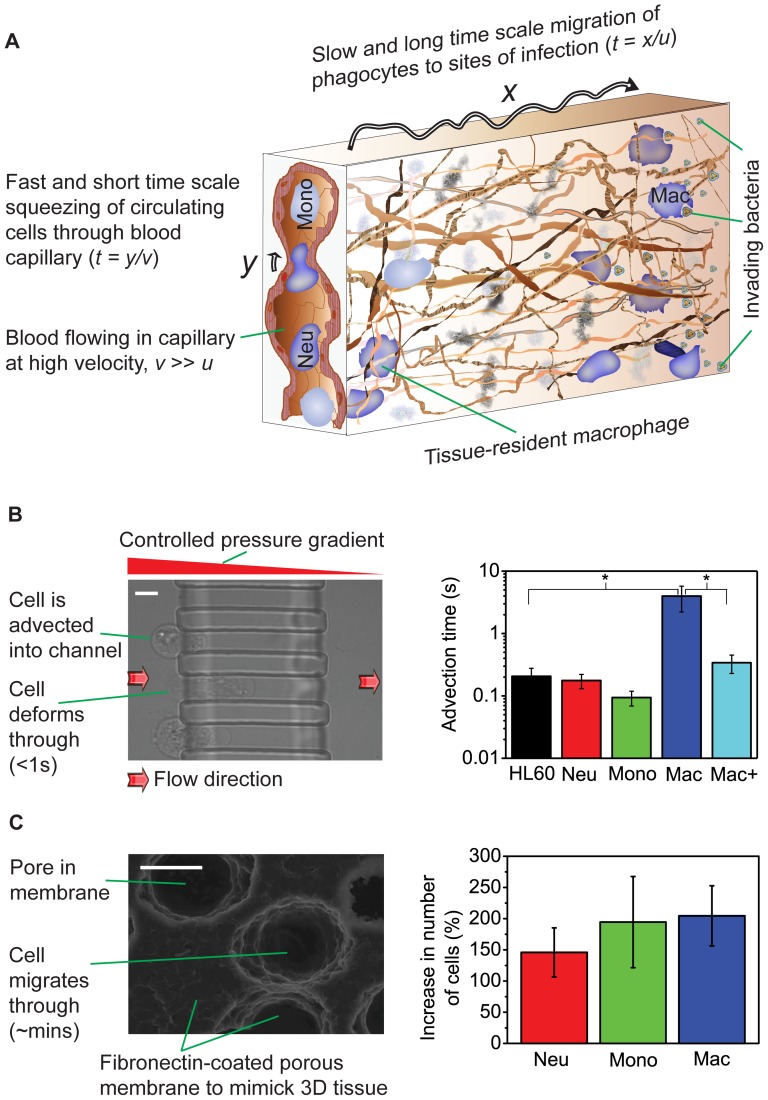Figure 3. Time-scales and niche-specific relevance of cell viscoelasticity.
A, In vivo, neutrophils and monocytes navigate constrictions smaller than themselves (y) and deform rapidly as illustrated (<1 s). Macrophages on the other hand, as well as neutrophils and monocytes after extravasation, migrate through tissue, which occurs over much longer time-scales. B, Short time scale advection of cells through the 12 µm×12 µm channel at a pressure of 20 mbar. Macrophages (n = 50) require an average advection time (from entry to exit) of 3.98±1.77 s, an order of magnitude longer than all other cell types and with statistically significant difference (p<0.05). There are no statistically significant differences between the advection times of HL60 (n = 24), neutrophils (n = 36), monocytes (n = 50) and macrophages treated with 2 µM Cytochalasin D shown as Mac+ (n = 67). Scale bar is 10 µm. C, Long time scale migration of the three mature cell types and precursors in Boyden chamber assays, where cells squeeze actively through a thick, porous membrane. After 3 h, significantly (p<0.0001) more of all three differentiated cell types have migrated than the undifferentiated, more viscous cells. Scale bar is 10 µm.

